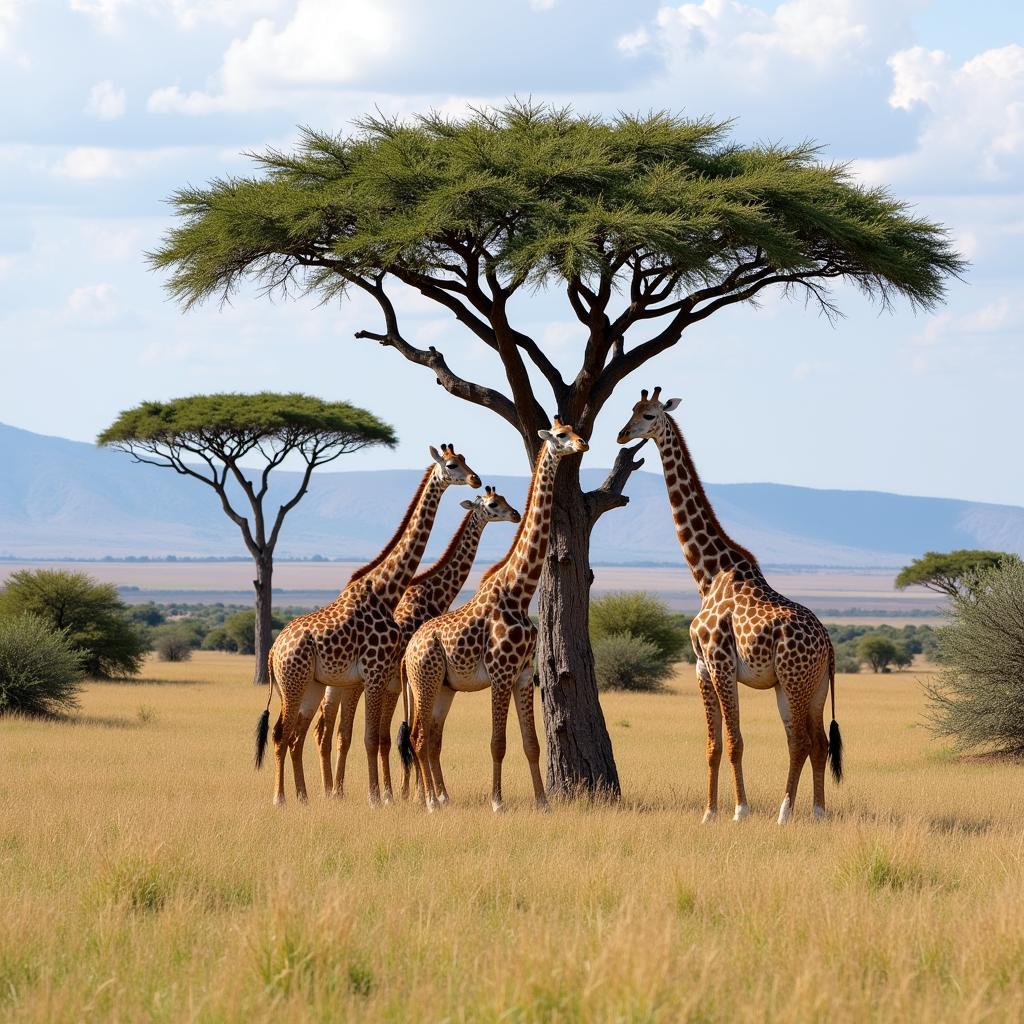Unveiling the Rich History of the African Kaftan
The African kaftan, a garment steeped in history and tradition, has evolved from a symbol of royalty to a celebrated fashion statement across the globe. This article delves into the captivating history of the African kaftan, exploring its origins, cultural significance, and enduring appeal.
From Royal Courts to Global Runways: The Kaftan’s Journey Through Time
The kaftan’s journey begins in ancient Mesopotamia, where it served as attire for royalty and nobility. Over time, trade and cultural exchange carried the kaftan across borders, eventually finding a cherished place within African societies. In Africa, the kaftan quickly became a symbol of status and prestige, often adorned with intricate embroidery, vibrant colors, and luxurious fabrics. Different regions of Africa embraced and adapted the kaftan, adding their own unique cultural touches and creating distinct styles. For instance, the Moroccan kaftan is known for its elaborate embellishments and rich silk brocades, while the Senegalese kaftan, often called a boubou, is characterized by its flowing silhouette and vibrant prints. This evolution showcases the kaftan’s adaptability and its ability to transcend geographical boundaries.
The kaftan also played a significant role in various ceremonies and rituals, further cementing its cultural importance. From weddings and religious festivals to important social gatherings, the kaftan served as a symbol of tradition and cultural identity. Its flowing design and loose fit made it a practical and comfortable choice for various climates and occasions.
The Enduring Legacy of African Kaftan History
The kaftan’s historical significance goes beyond its aesthetic appeal. It represents a rich tapestry of cultural exchange, adaptation, and artistic expression. By understanding the history of the African kaftan, we gain a deeper appreciation for the cultural heritage it embodies. You might be interested in exploring contemporary African fashion, like african clothing styles for toddlers.
What fabrics were traditionally used for African kaftans?
Traditionally, African kaftans were crafted from luxurious materials like silk, cotton, linen, and wool. These fabrics were often hand-woven and dyed using natural pigments, creating unique and vibrant patterns.
How did the African kaftan evolve over time?
The African kaftan evolved through a blend of cultural influences and regional adaptations. While maintaining its core structure, the kaftan incorporated various design elements, embellishments, and fabrics specific to different African cultures.
The African Kaftan in the Modern World
Today, the African kaftan continues to be a beloved garment, both within Africa and internationally. It has transitioned seamlessly into contemporary fashion, gracing runways and inspiring designers worldwide. This continued popularity is a testament to the kaftan’s enduring appeal and versatility. You might find some unique pieces at an african clothing boutique.
How is the African kaftan styled today?
The African kaftan can be styled in countless ways, from casual everyday wear to elegant evening attire. It can be paired with jeans, skirts, or worn as a standalone dress. Accessories like belts, jewelry, and headwraps can further enhance the look. For those looking to accessorize, check out this african jewelry for sale.
The history of the African kaftan is a testament to the power of cultural exchange and the enduring beauty of traditional garments. Its journey from ancient Mesopotamia to modern runways highlights its adaptability and timeless appeal. By understanding its rich past, we can fully appreciate the cultural significance and enduring legacy of the African kaftan. It’s intriguing to see how traditional motifs are used in other art forms, like african bag art. Perhaps you are looking for african design transparent images for your next project.
Conclusion: A Timeless Garment with a Rich History
The African kaftan, with its rich history and cultural significance, remains a timeless garment cherished across the globe. From ancient royal courts to modern fashion runways, the kaftan continues to inspire and captivate. Its enduring legacy reminds us of the power of cultural exchange and the beauty of tradition.
FAQ
- What is the origin of the African kaftan? The African kaftan has its roots in ancient Mesopotamia.
- What does the African kaftan symbolize? The kaftan symbolizes status, prestige, and cultural identity.
- What fabrics are used for African kaftans? Silk, cotton, linen, and wool are commonly used.
- How is the African kaftan worn today? It can be styled for both casual and formal occasions.
- Where can I find authentic African kaftans? Look for reputable retailers specializing in African fashion.
- How do I care for my African kaftan? Follow the care instructions specific to the fabric.
- Can men wear African kaftans? Yes, kaftans are worn by both men and women.
Other questions and related articles
- How to choose the right kaftan for your body type?
- Styling tips for accessorizing your African kaftan
- Exploring different regional variations of the African kaftan
- The impact of African fashion on global trends
Need assistance? Contact us at +255768904061, kaka.mag@gmail.com, or visit us at Mbarali DC Mawindi, Kangaga, Tanzania. Our customer care team is available 24/7.

